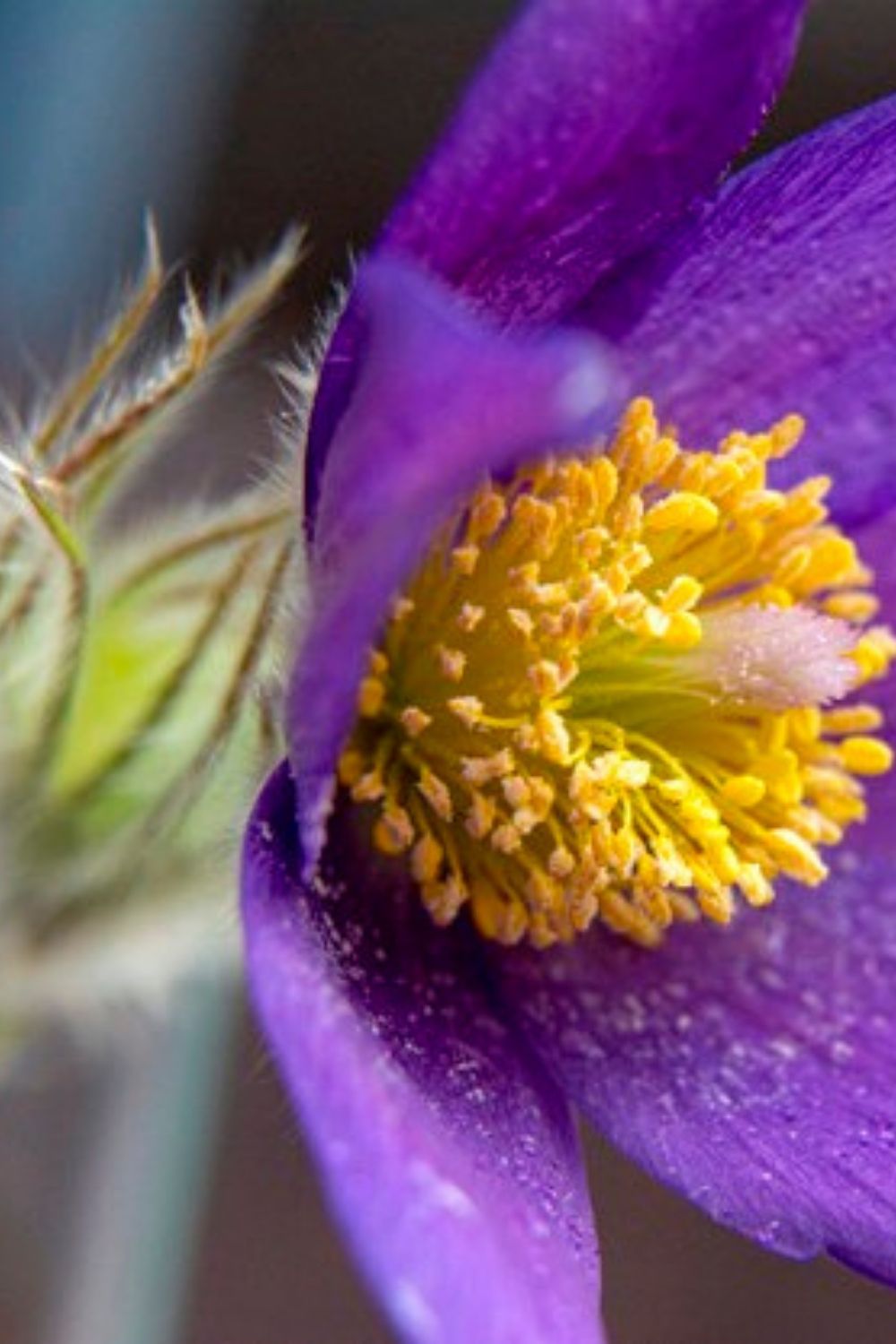Fall flowers need not be limited to the standard asters and mums. The autumn crocus also makes its debut in September and October, although its foliage is just a memory by then. Six-inch pink, purple, or white flowers emerge solo, and then the leaves grow in the spring to capture energy for the next bloom cycle. Gardeners who struggle with deer and rabbits will appreciate that this plant is impervious to animal nibbling.
| Botanical Name | Colchicum spp. |
| Common Name | Autumn crocus, meadow saffron, naked lady |
| Plant Type | Perennial |
| Mature Size | 8 to 14 inches |
| Sun Exposure | Full sun to partial shade |
| Soil Type | Average, well-drained |
| Soil pH | Slightly acidic to slightly alkaline; 6.5 to 7.5 |
| Bloom Time | Fall; late August to October |
| Flower Color | Pink, purple, white, yellow |
| Hardiness Zones | USDA growing zones 5-8 |
| Native Area | Europe, North Africa, West Asia |
How to Grow Autumn Crocus
Plant your autumn crocus bulbs in the summer, when they are dormant. Plant them about three inches deep, and six inches apart. Some moisture during the summer is necessary to trigger root growth and get the bulbs going. They will bloom that same fall, with foliage to follow in the spring. Some gardeners choose to plant the autumn crocus in the middle of the border, where their foliage will be hidden by other plants, and where the floppy flowers can lean on neighboring plants for support.
Light
The autumn crocus needs at least a half day of sun during its foliage phase. Because the autumn crocus produces its foliage in the spring, and gets the energy it needs from photosynthesis at that time, you can plant the bulbs under deciduous trees. By the time the trees are fully leafed out, the foliage is fading. The flowers don’t need sunlight to grow, but they will glow handsomely in the shade.
Soil
If you have either a sandy loam or a rocky soil you can grow the autumn crocus successfully. Good drainage is more important than a nutrient-dense soil.
Water
Colchicum bulbs need moderate water; neither wet soils nor droughty ones are conducive to growth. Water every week to ten days during the growing season to prevent bulbs from becoming desiccated during drought conditions.
Temperature and Humidity
There is a relatively narrow growing zone for the autumn crocus, compared to some other flowering bulbs. Neither frigid winters nor warm winters provide the right conditions for dormancy for the bulbs. Whether your summers are hot or cool is less important, as the plants are dormant during this time. Excessive humidity can encourage botrytis, so plant in full sun with good drainage to thwart this disease.
Fertilizer
Autumn crocus grows fine without additional fertilizer. You can add some bone meal at planting time if your soil is poor.
Potting and Repotting
You can grow autumn crocus in pots, but they may not return reliably the next growing season. Pot them up in mid-summer, using a standard potting mix, and water when the soil is dry. After bloom and the first hard freeze, place the pot in a shed or garage to prevent frost heaving. Repot when corms become crowded every few years.
Propagating Autumn Crocus
Your autumn crocus bulbs will naturally expand to form a colony by forming small bulblets on the main corm. You can take advantage of this by digging the bulbs and removing these new baby bulbs in the summer, when plants are dormant. Replant them six inches apart, and they will enlarge and reach blooming size in a couple of seasons.
Varieties of Autumn Crocus
The clear white blooms of autumn crocus ‘Innocence’ shine in partially shady gardens. The fully double pink blooms of ‘Waterlily’ fill garden gaps beautifully. The checkered pink blooms of ‘Disraeli’ make a fascinating addition to the fall garden, and deserve close inspection.





